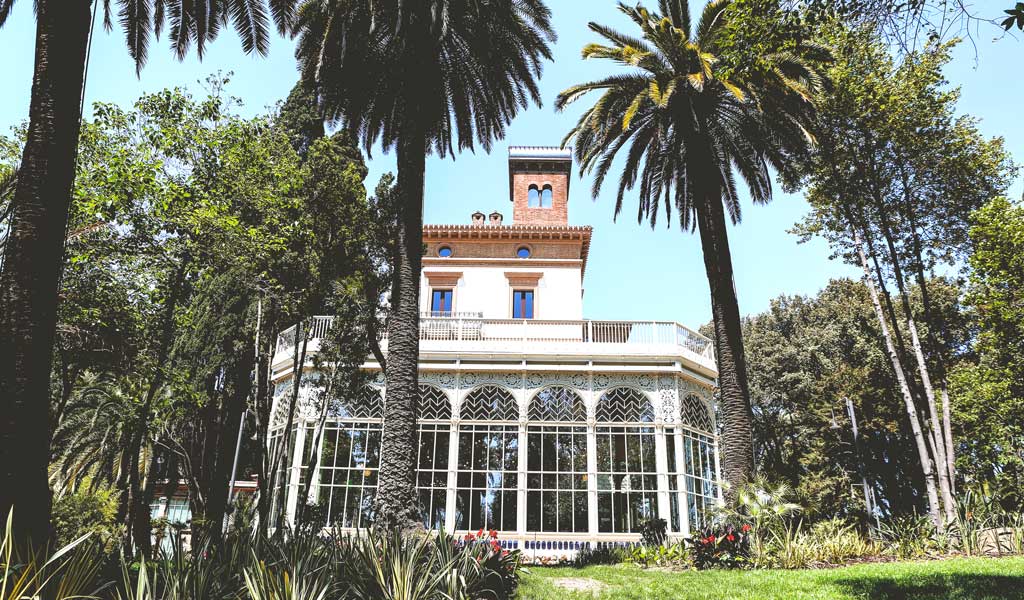Villa Blanc

Villa Blanc was commissioned by Baron Alberto de Blanc between 1895 and 1898 after he was nominated Minister of Foreign Affairs in the Crispi government. A man of fine culture with an international outlook, de Blanc made his mark on Rome’s architectural and decorative culture.
Villa Blanc is an example of eclectic art, a rare harmonious blend of elements and styles of different ages and cultures.
Every detail of the Villa reveals its eclecticism, from the organization of spaces to the architecture and decorative elements. The Sala del Camino exudes fifteenth-century styling, the loggia’ s statues are an ode to neoclassical and art nouveau, the tower is neo-gothic, the ballroom’s ceilings are inspired by Middle Eastern art and the greenhouse is a masterpiece of iron and glasswork.
A great number of artists and professionals collaborated in the Villa’s fruition, from archeologist and architect Giacomo Boni to founder of Rome’s Botanical Garden Pietro Pirotta, from painters Cellini and Vitelleschi to decorators Morani and De Carolis who gathered inspiration from the work of William Morris.
Eclectic too are the techniques and materials involved, from the use of iron, cement, glass, brick, travertine and wood embellished by historic imagery to the historic revival in its decorative elements, for example, the use of glazed ceramic on external walls. In 1997, Luiss purchased what remained of the estate that had been abandoned for over 60 years. Today the Villa is the headquarters of the Luiss Business School.